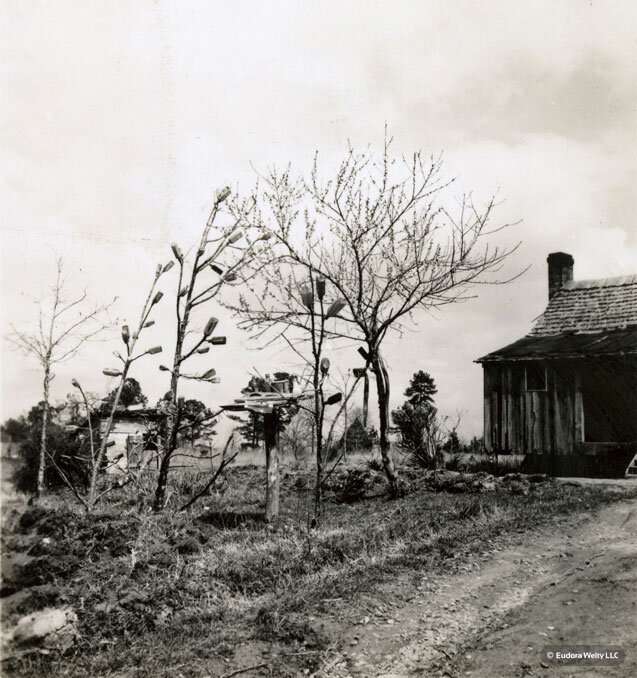A Guide to Collecting Photography: Pt 1
Bottom line? Anyone can buy art. And adding photography to your collection is fun—here's a few tricks of the trade, including some good warnings (like using caution with emerging talents)
Eudora Welty …
This blog is Part One in a resource series for the new and seasoned photography collector. Here, I'll offer tips on buying art at commercial retail venues and auctions, as well as archiving and framing your collection. Further, the guide outlines photography terminology and a selected bibliography. Follow this series of blogs for a quick resource when looking for and buying photography.
1. KEEP A JOURNAL
Keep a copious journal of artwork, terms, resources, and other information that are applicable and encourage connoisseurship. Note your intuit, first impressions of the object, and the venue in which you saw it. Often, I like to sketch the image for a visual reference. Sometimes the most raw noted ideas can be the most significant.
2. HAVE CONFIDENCE: ANYONE CAN BUY ART
This can be daunting with so many mediums, artists, and genres, but there is no right or wrong. When buying, just remember that the sum of the parts is greater than the whole. Everyone can buy art and collect intelligently and passionately. With a willingness to learn and visit galleries and museums, you can develop a connoisseurship that will parlay into solid investments.
3. DEFINE WHAT YOU LIKE; DEVELOP YOUR EYE
Be curious. Visit various museums and galleries and think about things like composition, light, color, texture, subject matter, theme, balance, and line. Also, consider the artist’s intention, timing in his/her career, how that photo relates to others during that timeframe, the quality, condition, and rarity. Collectors tend to create a framework, collecting based on a general idea, cultural component, aesthetic, quality, and budget. Other collectors focus on one artist, or a school of artists. It comes down to what is striking to you.
4. BUILD A BUDGET
Take your time and buy what you like. Set a budget based on a percentage of your income and savings. Art is a long-term investment and not a liquid asset. Start on a small budget until you develop a connoisseurship and network of resources. Avoid trends and buy for the long haul. Remember to calculate any buyer’s premiums and shipping costs when buying from an auction.
5. AUTHENTICATION
Going through a dealer is a filtering system to discern what is an original or a fake. You may authenticate the artwork through an expert. Ask the dealer to provide paperwork and a letter of authentication, particularly if there is any doubt.
6. CONDITION
Check the work for its condition. If you buy a photograph in a frame, ask the dealer to remove the frame to see it with a naked eye. If the photo is worn, torn, foxing, etc., take that into consideration. Minimal damage may not affect the overall value if the piece is exceptionally rare.
7. THE ARTIST
A collector should always research the artist through the Internet, literature, and discussions with dealers, scholars, and museum curators. Typically the gallery will provide information on the artist from a plethora of resources (i.e., art reference books, gallery/museum catalogues, resumes, exhibition reviews, etc.). If possible, meet the artist and ask him/her questions about the work. The artist and/or a school of artists are significant components of purchasing art and should be a major contributor to your purchase. Consider the following: the artist’s exhibition list, publications, interests of collectors, museum exhibitions, and repertoire of works. BEWARE OF EMERGING TALENT.
8. SIGNATURE
Check for a signature. Not all photographers sign their works and dealers will authenticate the work through other documents. Signatures can often appear on the front, on verso, and even on the mat.
9. PROVENANCE
Where was the art purchased? Who owned it? What museum or gallery has exhibited the artwork? Has the artwork been included in publications (articles, books, magazines, etc)? If so, which ones? Did the art appear on a secondary market? If so, which ones?


